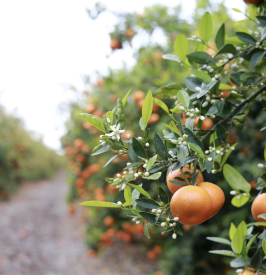Retired U.S. Army General and NATO Supreme Allied Commander Wesley Clark penned a 2011 article about agriculture’s importance to our national security.
“We must hold the thin green line,” Clark wrote in the Kansas City Star. “If we cannot feed, fuel, and clothe ourselves, then we cannot defend ourselves.”
His warning is especially poignant today amid global food supply disruptions and price spikes caused by war, inflation, and the pandemic. Not to mention the fact that the planet’s population surpassed 8 billion people on Nov. 15, according to the United Nations.
Unfortunately, the number of U.S. farms and farmland needed to provide affordable food for all these hungry mouths are declining.
Fewer than 220,000 farms — most of which are family operations — now produce 80 percent of the country’s agricultural output, according to the U.S. Department of Agriculture. And America now has just 1.2 acres of farmable land per person, according to the World Bank, which is down from 1.5 acres in 2000 — because farmland is being lost to development, transportation networks, and other uses.
So, what can be done about it? Americans can’t be expected to quit their desk jobs to become farmers, and once farmland is converted to another use, it almost never returns.
But we can take advantage of agriculture’s unique supply-and-demand characteristics, where food demand is rising as farmland is declining, to attract outside money into the industry and help drive farm productivity.
As someone who has spent much of his life in agriculture, I think giving everyday Americans an opportunity to invest in farmland and, by extension, invest in agriculture’s success is a big step in the right direction.



